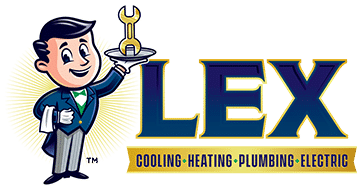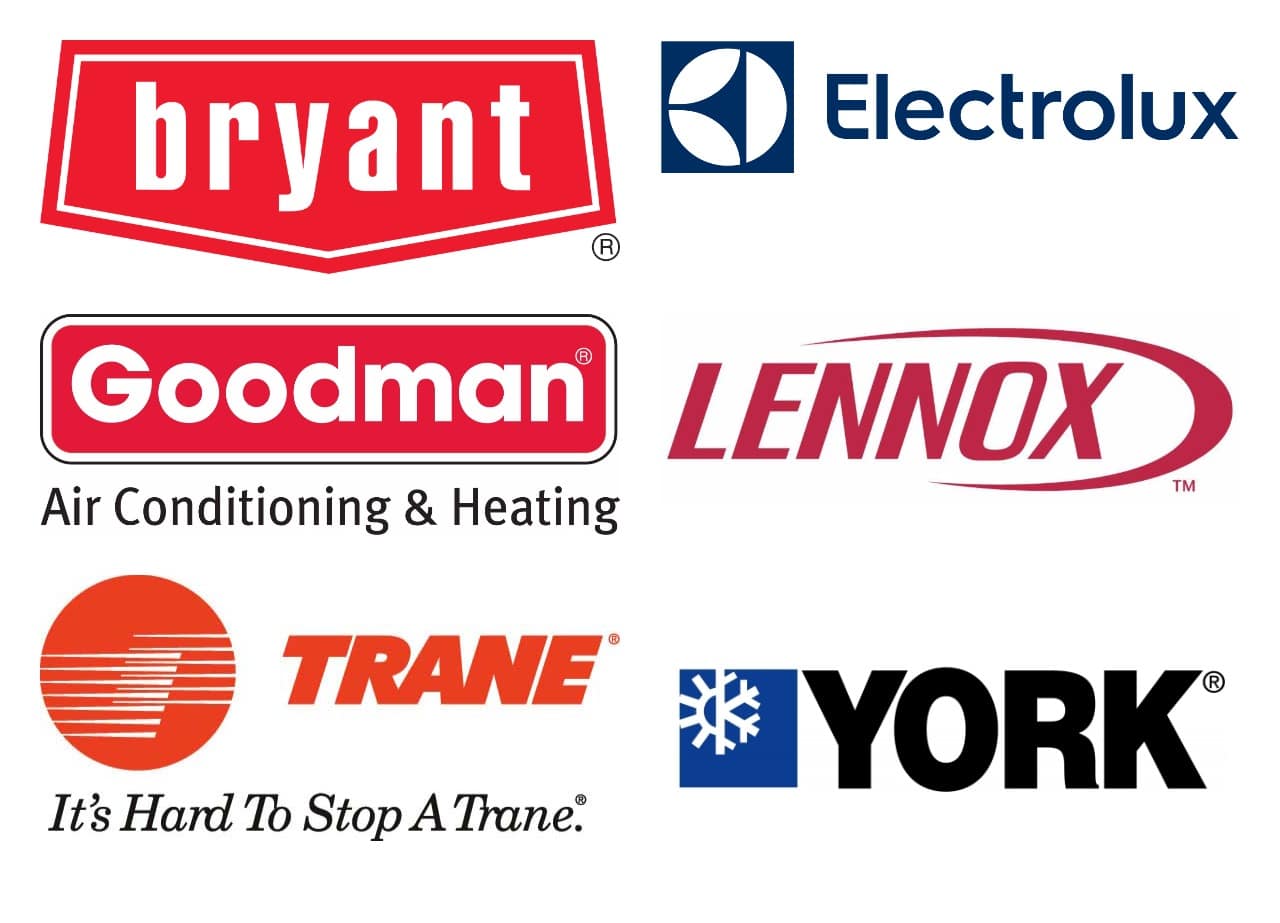If you’re building a new house or are considering replacing an old furnace system in your current home, you’ll face questions of budget versus premium HVAC systems. The price can vary so widely that you might wonder if a high-end system is worth the extra money and if you’ll ever recoup those dollars. One can make a case for going the budget or the premium route. Let’s look at a few factors when weighing this potentially expensive decision.
AFUE Efficiency
The biggest difference between budget and premium furnaces besides the price tag is the efficiency rating. Furnaces range from 80 to 98.5 percent AFUE efficiency which stands for annual fuel utilization efficiency. AFUE is essentially an average measurement of efficiency for a furnace over the entire winter season. A 90% AFUE efficiency furnace wastes only 10% of the fuel through exhaust whether oil, gas, or electricity over the winter season.
The US Department of Energy requires all new furnace installations to be at least 80 percent efficient, so this is the budget end of the spectrum. If your furnace is more than 20 years old, it could be shockingly inefficient, perhaps as low as 60 percent.
Most HVAC contractors can measure the AFUE efficiency of your current furnace setup. If your old furnace is only 60 percent efficient, realize that 40% of the cost of your heating bill is being wasted due to inefficiency. Even upgrading to the new minimum of 80 percent can cut your monthly bill drastically.
Comparing an 80% AFUE furnace with a 98.5% AFUE can include a price difference of $1,000. Some lower-budget brands of furnaces are less likely to even have a near 100% efficient furnace in their lineup.
Types of Heating Options
It’s also worthwhile to determine if an electric or gas furnace or even a heat pump is more economical. For our mostly warm Dallas winters, boilers, oil, and wood-burning stoves and heating systems are rare and more expensive than gas or electric.
Choosing between a gas or electric furnace or a heat pump largely depends on your neighborhood and current home setup. To replace an electric furnace with a natural gas furnace can be expensive.
Calculating the Cost
Most people decide to buy a furnace with the highest efficiency rating they can afford, figuring they’ll recoup the money in savings on monthly bills. But you should also consider the higher installation cost of a high-efficiency furnace. These premium furnaces have two vent pipes, compared to the single pipe of less efficient models. High-efficiency furnaces also have a condenser, which necessitates installing a drain line. These additional expenses could bump up the price significantly depending on your previous furnace hookups and home.
Consider the Climate
People who live in Chicago, for example, expect giant heating bills for many months of the year. For those of us Dallas dwellers, it’s far more reasonable to purchase a high-efficiency air conditioning system than a furnace. The few months in a year that a furnace is needed means it takes Texans much longer to recoup the extra costs of a high-efficiency furnace. In fact, some people in warmer climates decide that 80 percent is good enough. Landlords may also decide these lower efficiency models are good enough for tenants, especially if those tenants are paying the heating bills. The Trane XL80 series is a good mid-efficiency line of furnaces for Texas weather.
Single-Stage vs. Two-Stage Furnaces
When considering budget vs. premium furnaces, you’ll hear about single-stage and two-stage systems. This refers to the valve that controls the burner in the furnace. In a single-stage furnace, this valve is either completely open or closed. A two-stage furnace has an open, closed, and partially open valve setting. This allows for a more gradual response from your furnace. When the valve is partially open, it’s only using about 65 percent of its heating power. This low setting is perfect for Dallas winters versus those in Chicago and translates into further savings on your bill.
Noise
Premium furnace brands are generally quieter than budget models. This means they’re less likely to jar you out of sleep when they kick on in the middle of the night. Of course, people on a tighter budget can easily learn to sleep through the sound of the furnace turning on.
Energy Star
Since high-end furnaces are more energy-efficient, the Environmental Protection Agency and the Department of Energy are big proponents. Homeowners can earn rebates and tax breaks. The federal government bestows an Energy Star label upon energy-efficient furnaces. Generally, a furnace must be at least 85 percent efficient to get the Energy Star seal. Rebates vary by state and the efficiency rating of your new system. Research the current program before you buy, as factoring in savings can bring the cost of a premium heating system significantly closer to that of a budget system.
Warranties and Lifespan of Equipment
High-end furnace brands are more likely to outlive budget brands as a result of higher quality components. These components are also less likely to require quarterly maintenance, although it is still a recommendation for many systems.
Warranties for premium brands can also be extended for many more years than budget furnaces and cover both the cost of equipment breakdowns and heater repairs and installation.
A premium brand such as Trane includes a limited warranty for most furnaces of 20 years on the heat exchanger, 5 years on internal parts, and 10 years on functional parts within the furnace. However, an extended warranty can also be purchased, covering the future cost of any labor for repairs and parts within 10 years.
Investigate the average cost of repairs for the furnace brand and model before making a final decision.
Range of Choices within Brands
Keep in mind that there’s a range of models and prices within a premium brand like Trane. Going with the XL80 is an entry-level Trane furnace with a cost that rivals value brands. Or you could pick an American Standard, which is made in the same facility as Trane and is virtually the same inside.
At the same time, a premium brand may own and manufacture budget brands in the same factory, simply with a different brand name, a lower price, less efficiency, and fewer sizing options.
List of Budget Furnace Brands
These brands tend to cost less than premium brands, have fewer energy-efficient models, and tend to sell models sized for smaller homes and apartments.
- Amana
- Goodman
- Payne
- Tempstar
- Bryant
- Ruud
- Armstrong
- Concord
- York
- Lux
- Coleman
List of Premium Furnace Brands
- American Standard
- Trane
- Carrier
- Lennox
- Rheem
At Lex Air Conditioning and Heating, we are Trane Comfort Specialists. We also partner with Amana and Goodman, typically viewed as budget brands. Call us today for our professional opinion about the best solution to your unique heating situation.












